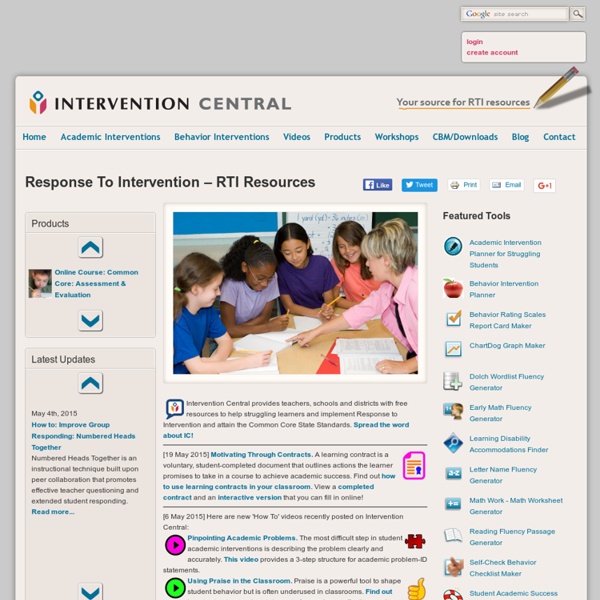



PD 4/27/16 Mrs. Perkins' Dolch Words Professor Garfield: Welcome to the Teacher's Lounge Helpful Information for Parents and Teachers Listen to an overview of the Professor Garfield website by Madelyn Ferris, board member of the Professor Garfield Foundation, with Mark Gura who oversees the literacy Special Interest Group of ISTE (International Society for Technology in Education.) Special Episode: Professor Garfield The purpose of the Professor Garfield Teachers' Lounge Section is to provide free, user-friendly, and standards-based learning materials for the classroom teacher, parent, tutor, or mentor. Our highly respected educational partner, Ball State University, is guiding the development of this section based on scientifically proven principles, best practices, and proven classroom methodology. Materials included on the Professor Garfield site are developed and reviewed by educational experts who have the best interests of students and educators in mind. The initial phase of PGF is focused on K - 3 with emphasis on reading and writing skills.
Search Looking Back and Moving Forward Pre-K-2 This final lesson of the unit reviews the work of the previous lessons through a variety of activity stations, one of which involves using an interactive graphing tool. Students model with buttons and record addition and subtraction. Measuring with Our Foot Students measure the same distances as in the previous lesson using an outline cutout of their own foot. What’s Next? Pre-K-2, 3-5 In this lesson, students make patterns with objects, read patterns and find patterns in the environment. National Population Projections In this activity, students examine the United States Census Bureau Web site to investigate population projections from 1990-2100. State Population Projections In this activity, students examine the United States Census Bureau Web site to investigate projections of the total population of states from 1995-2025. High Temperature Every Beat Of Your Heart Maintaining the Balance Finding the Balance A Brownie Bake
Mindfulness All About Adolescent Literacy | AdLit.org Thinking Blocks | Model and Solve Math Word Problems Grade 1 Grade 2 Grade 3 Grade 4 Grade 5 Grade 6 Thinking Blocks® Interactive Tutorials advertisement Thinking Blocks Junior Addition and Subtraction Multiplication and Division Fractions Ratio and Proportion Modeling Tool Addition and Subtraction Part-Whole A Part-Whole B Two Steps Compare A Compare B Compare C Multiplication and Division Multiply Divide Mixed Operations Critical Thinking Fractions Fraction of a Set A Fraction of a Set B Fraction of a Set C Add and Subtract A Add and Subtract B Multiply and Divide Decimals and Percent Decimals A Decimals B % of a Number Taxes, Tips, Sales % Challenge A % Challenge B Ratios Part-Total Three Quantities Algebra Problem 1 Problem 2 Problem 3 Problem 4 Problem 5 Problem 6 Copyright © 2017 Math Playground LLC • All Rights Reserved
Fluency - Reading 101 | ABCs of Teaching Reading Reading 101 Fluency is the ability to read a text accurately, quickly, and with expression. Fluency is important because it provides a bridge between word recognition and comprehension. Watch an afterschool program called RAVE-O that helps teach reading fluency in Malden, Massachusetts. When fluent readers read silently, they recognize words automatically. Because fluent readers do not have to concentrate on decoding the words, they can focus their attention on what the text means. Related articles What should fluency instruction look like? Learn what reading fluency is, why it is critical to make sure that students have sufficient fluency, how we should assess fluency, and how to best provide practice and support for all students. Screening, diagnosing, and progress monitoring are essential to making sure that all students become fluent readers — and the words-correct per-minute (WCPM) procedure can work for all three.